Lung Transplant
A lung transplant is a surgical procedure that involves the replacement of one or both diseased lungs with healthy lungs from a deceased donor. The surgery is performed to improve the quality of life and prolong the survival of patients with end-stage lung diseases.
Who Needs a Lung Transplant?
Lung transplant is considered for patients with severe lung diseases such as chronic obstructive pulmonary disease (COPD), pulmonary fibrosis, cystic fibrosis, and pulmonary hypertension, among others. These patients have trouble in breathing and reduced oxygen levels, which can significantly affect their quality of life and survival.
When to See a Specialist?
Patients with end-stage lung disease who experience severe symptoms such as shortness of breath, chronic cough, chest pain, and recurrent lung infections despite receiving medical treatments should see a specialist for evaluation and discussion of treatment options, including lung transplant.
Procedure
Lung transplantation is a surgical procedure that involves replacing one or both damaged lungs with healthy lungs from a deceased donor. Here is a step-by-step procedure for lung transplant:
Step 1: Evaluation
Before the surgery, the patient undergoes a thorough evaluation to determine if they are a good candidate for lung transplantation. The evaluation includes medical history, physical examination, and various tests, including blood tests, chest X-ray, CT scan, pulmonary function tests, and echocardiogram.
Step 2: Listing
If the patient is found to be a suitable candidate, they are placed on the national waiting list for lung transplantation. The allocation of the donor’s lungs is based on factors such as blood type, size, and medical urgency.
Step 3: Surgery
When a donor lung becomes available, the patient is notified and admitted to the hospital. The patient undergoes general anesthesia, and the surgeon makes an incision on the chest to access the damaged lung. The damaged lung is removed, and the donor lung is carefully placed in the chest and connected to the blood vessels and airways.
Step 4: Recovery
After the surgery, the patient is transferred to the intensive care unit (ICU) for close monitoring. The patient is connected to a ventilator to help with breathing and given medications to prevent infection and rejection of the transplanted lung.
Step 5: Rehabilitation
Once the patient is stable, they are transferred to a regular hospital room and then to a rehabilitation center. Rehabilitation includes physical therapy to improve strength and endurance, and pulmonary rehabilitation to help with breathing and lung function.
Step 6: Follow-up
After discharge from the hospital, the patient requires ongoing follow-up care to monitor the transplanted lung’s function and prevent complications such as rejection or infection. The patient also needs to take medications to suppress the immune system to prevent rejection of the transplanted lung for the rest of their life.
Road to Recovery
The recovery process after a lung transplant can be lengthy and challenging. Patients may require hospitalization for several weeks after the surgery and need to take immunosuppressive medications to prevent rejection of the donor lung. They also require close monitoring and rehabilitation to regain their strength and endurance. Regular follow-up appointments with the transplant team are essential to ensure the success of the transplant.
Risk Management
The main risks associated with lung transplant include rejection of the donor lung, infections, and complications from immunosuppressive medications. Patients need to take their medications as prescribed and attend all scheduled appointments to minimize these risks.
Benefits of Lung Transplant
Improved quality of life: A successful lung transplant can significantly improve the quality of life for people with end-stage lung disease, allowing them to breathe easier and engage in physical activities that were once difficult or impossible.
Increased lifespan: A lung transplant can extend the lifespan of people with end-stage lung disease, giving them more time with their loved ones and the opportunity to achieve their goals and dreams.
Reduced need for supplemental oxygen: Many people with end-stage lung disease require supplemental oxygen to breathe. After a lung transplant, some people may no longer need oxygen therapy.
Reduced risk of infections: End-stage lung disease can increase the risk of lung infections. A successful lung transplant can reduce this risk and improve overall respiratory health.
Improved mental health: Living with end-stage lung disease can take a toll on mental health. A successful lung transplant can improve mental health by reducing stress and anxiety related to the disease.
Frequently Asked Questions
What is a lung transplant?
A lung transplant is a surgical procedure in which a diseased or damaged lung is removed and replaced with a healthy lung from a donor.
Who needs a lung transplant?
Lung transplants are typically recommended for individuals with end-stage lung disease or irreversible lung damage, such as emphysema, pulmonary fibrosis, cystic fibrosis, and pulmonary hypertension.
When should I see a specialist for a lung transplant?
If you have a chronic lung disease and are experiencing difficulty breathing persistent coughing, or other respiratory symptoms, you should see a specialist to determine if a lung transplant is a viable option.
What is the procedure for a lung transplant?
The procedure for a lung transplant involves removing the diseased lung and replacing it with a healthy lung from a donor. The surgery is typically performed under general anesthesia and can take several hours to complete.
What is the road to recovery after a lung transplant?
The recovery process after a lung transplant can take several months, and it involves close monitoring and care to prevent complications such as infection, rejection, and side effects from immunosuppressive medications. Rehabilitation and exercise are also important components of the recovery process.
What are the risks associated with a lung transplant?
Risks associated with a lung transplant include infection, bleeding, organ rejection, side effects from immunosuppressive medications, and complications related to the surgery.
What are the benefits of a lung transplant?
A lung transplant can improve lung function and quality of life for individuals with end-stage lung disease or irreversible lung damage. It can also extend the lifespan of individuals who would otherwise have a limited life expectancy.
Can anyone receive a lung transplant?
Not everyone is a suitable candidate for a lung transplant. Candidates must undergo a thorough evaluation process to determine if a transplant is appropriate and if they are healthy enough to undergo the surgery and post-operative care.
Treatment Plans
- Trauma & intensive care $59
- Aged Care $29
- Community Services $25
- Diagnosis & Investigation $48
- Medical & Surgical $82
- Mental Health $74
- Rehabitation $24
- Specialised Support Service $19
- Trauma & intensive care $59
- Aged Care $29
- Community Services $25
- Diagnosis & Investigation $48
- Medical & Surgical $82
- Mental Health $74
- Rehabitation $24
- Specialised Support Service $19
Treatians As the Best Choice
Treatians understand that seeking medical treatment abroad can be a daunting experience for patients and their families. That’s why the company offers end-to-end support to its clients, from the initial consultation to post-treatment care. The company provides personalized treatment plans that are tailored to meet the individual needs of each patient, and its team of dedicated professionals is always on hand to provide guidance and support throughout the entire process. Contact us at +91-7982312582, drop your email [email protected]
- Trauma & intensive care
- Aged Care
- Community Services
- Diagnosis & Investigation
- Medical & Surgical
- Mental Health
- Rehabitation
- Specialised Support Service
Service Recipient Says

Oxmox advised her not to do so, because there were thousands of bad Commas, wild Question Marks and devious.
Kolis Muller NY Citizen
Oxmox advised her not to do so, because there were thousands of bad Commas, wild Question Marks and devious.
Kolis Muller NY Citizen







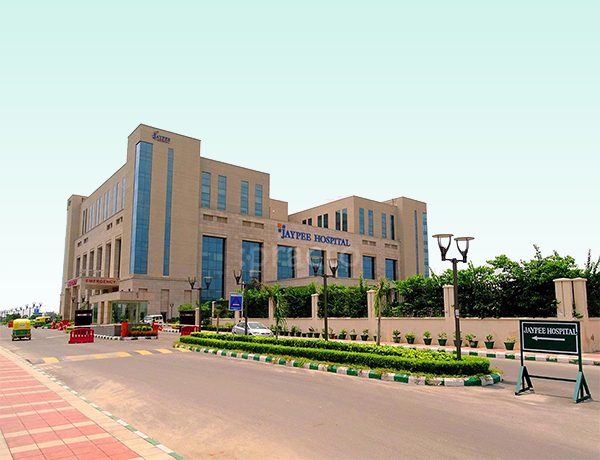

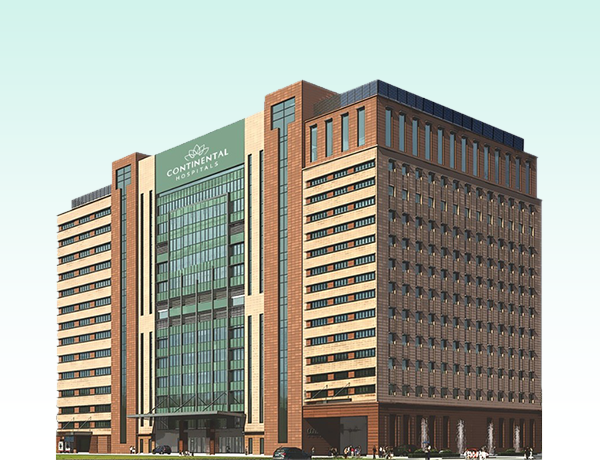
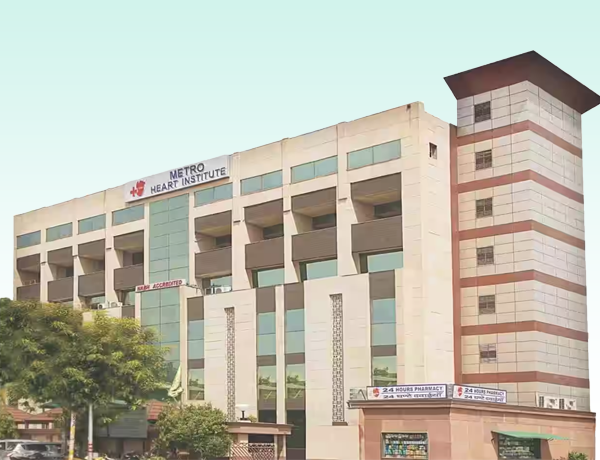
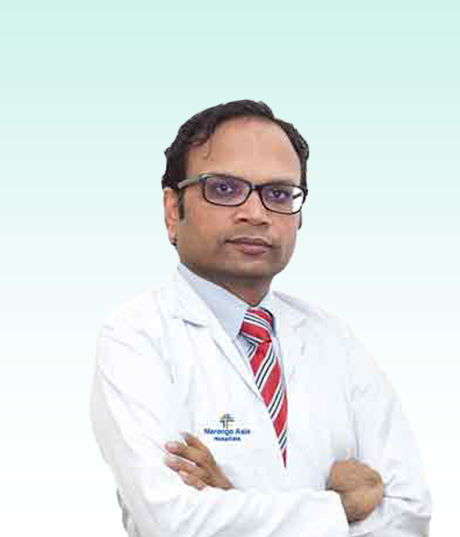
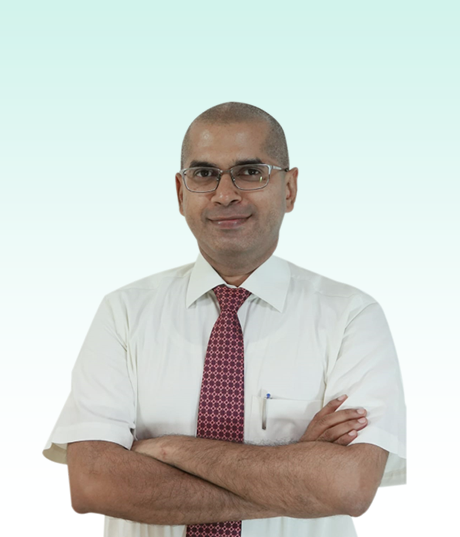

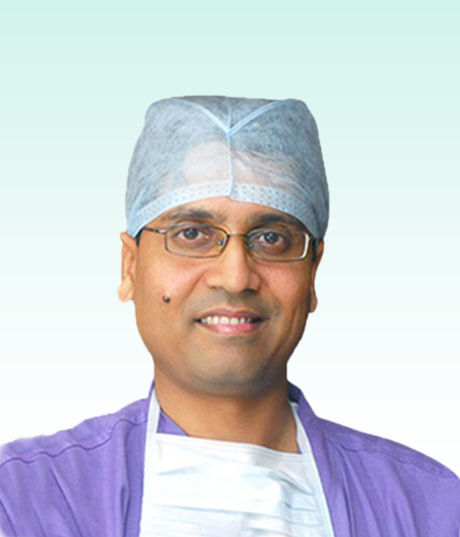
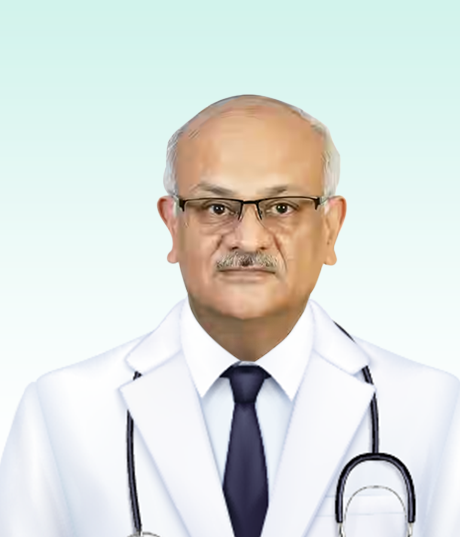






Oxmox advised her not to do so, because there were thousands of bad Commas, wild Question Marks and devious.
Kolis Muller NY Citizen